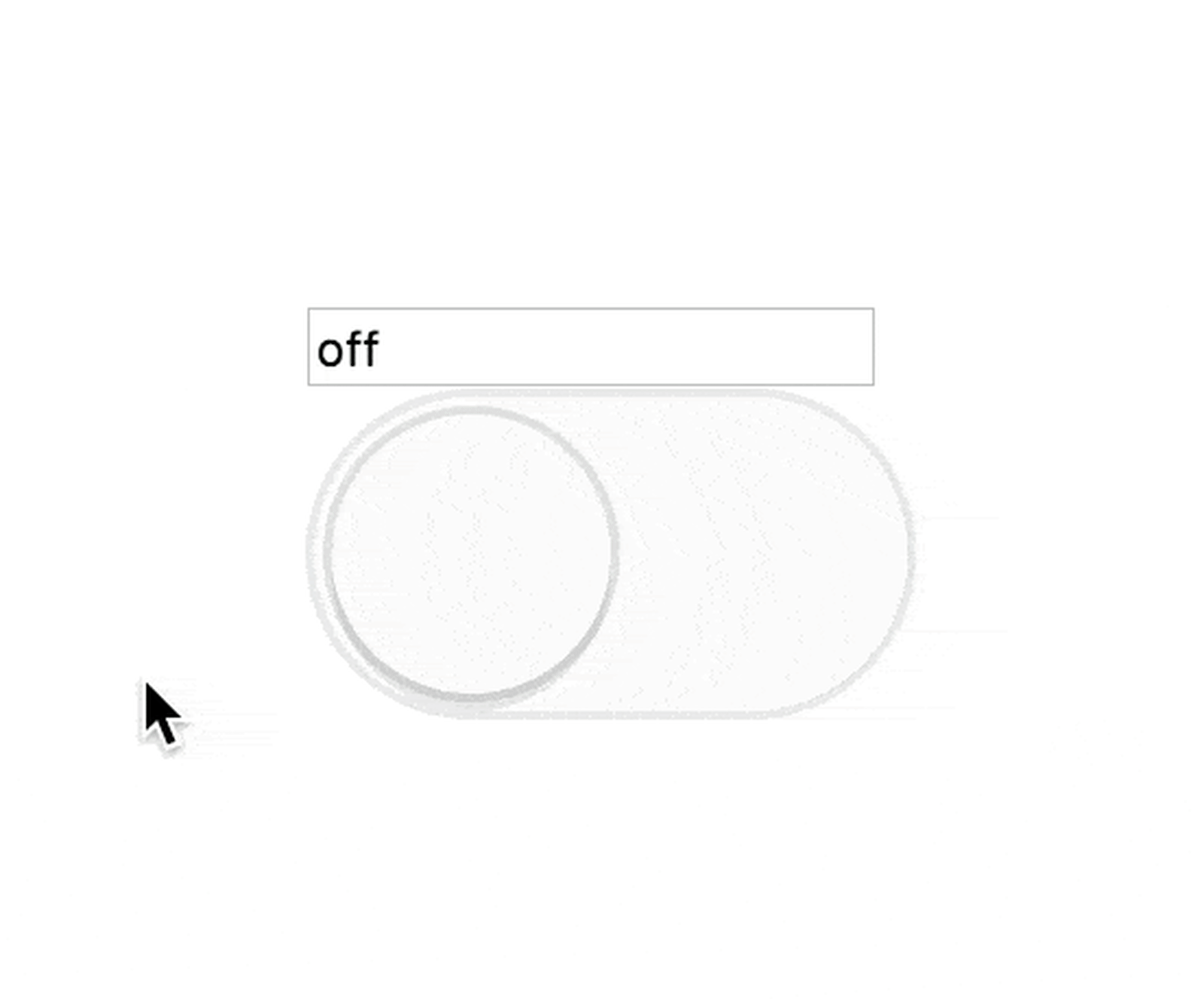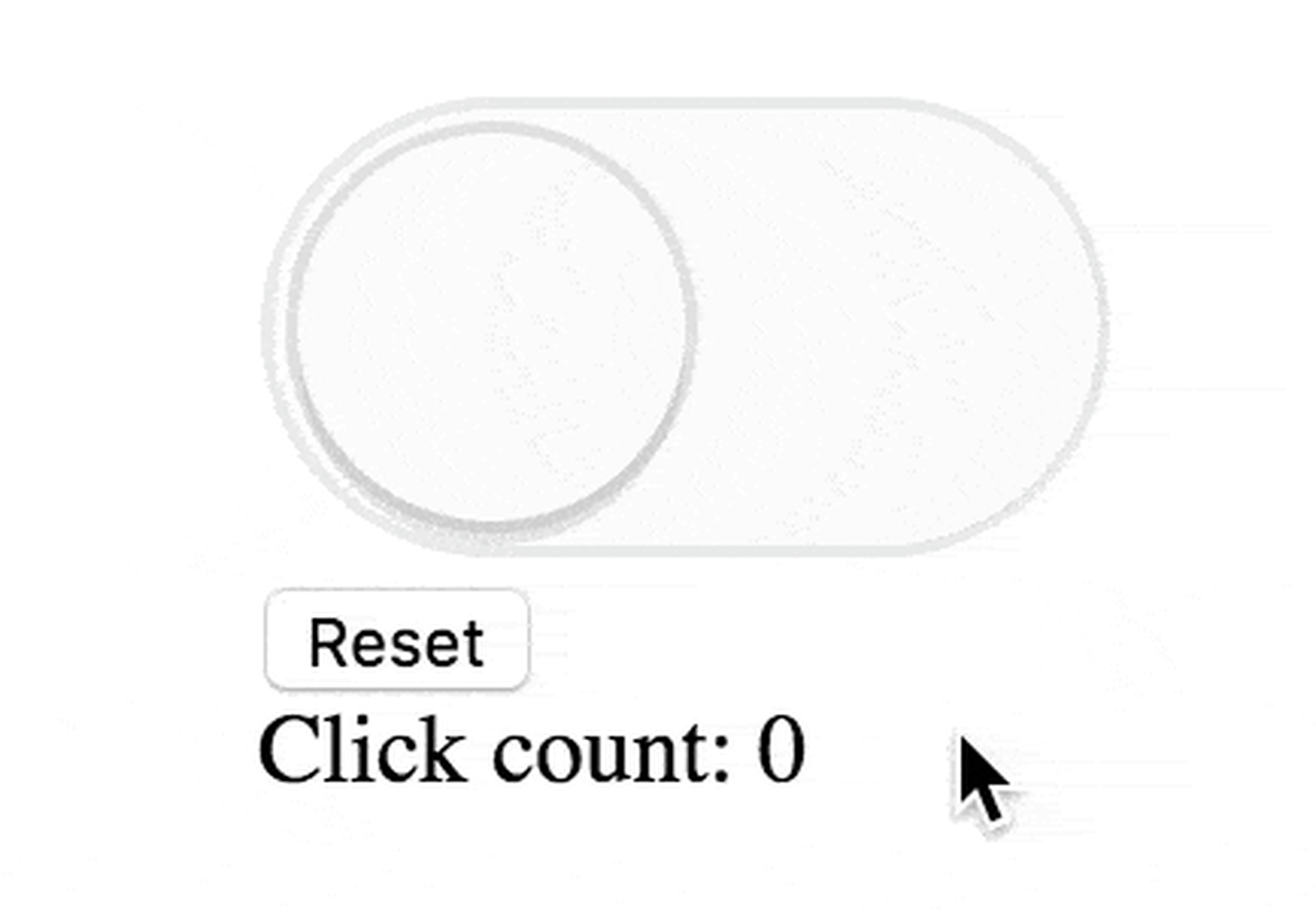You've probably used components or elements that implement the control props pattern. For example:
<input value={this.state.inputValue} onChange={this.handleInputChange} />
Read more about the concept of control props in the react docs.
You may not have had much experience with the idea of a state reducer. In contrast to control props, built-in react elements don't support state reducers (though I hear that reason-react does). My library downshift supports a state reducer. Here's an example of using it to prevent the menu from closing after an item is selected:
function stateReducer(state, changes) {
if (changes.type === Downshift.stateChangeTypes.clickItem) {
// when the user clicks an item, prevent
// keep the isOpen to true
return { ...changes, isOpen: true }
}
return changes
}
const ui = (
<Downshift stateReducer={stateReducer}>
{() => <div>{/* some ui stuff */}</div>}
</Downshift>
)
You can learn how to implement these patterns from my Advanced React Component Patterns material.
Both of these patterns help you expose state management to component consumers and while they have significantly different APIs, they allow much of the same capabilities. So today I'd like to answer the question I've gotten many times which is: “When should I expose a state reducer or a control prop?”
Control Props are objectively more powerful because they allow complete control over state from outside the component. Let's take my favorite Toggle component as an example:
class Example extends React.Component {
state = { on: false, inputValue: 'off' }
handleToggle = (on) => {
this.setState({ on, inputValue: on ? 'on' : 'off' })
}
handleChange = ({ target: { value } }) => {
if (value === 'on') {
this.setState({ on: true })
} else if (value === 'off') {
this.setState({ on: false })
}
this.setState({ inputValue: value })
}
render() {
const { on } = this.state
return (
<div>
{/*
here we're using the `value` control prop
exposed by the <input /> component
*/}
<input value={this.state.inputValue} onChange={this.handleChange} />
{/*
here we're using the `on` control prop
exposed by the <Toggle /> component.
*/}
<Toggle on={on} onToggle={this.handleToggle} />
</div>
)
}
}
Here's a rendered version of this component:

As you can see, I can control the state of the toggle button by changing the text of the input component, and control the state of the input by clicking on the toggle. This is powerful because it allows me to have complete control over the state of these components.
Control props do come with a cost however. They require that the consumer completely manage state themselves which means the consumer must have a class component with state and change handlers to update that state.
State reducers do not have to manage the component's state themselves (though they can manage some of their own state as needed). Here's an example of using a state reducer:
class Example extends React.Component {
initialState = { timesClicked: 0 }
state = this.initialState
handleToggle = (...args) => {
this.setState(({ timesClicked }) => ({
timesClicked: timesClicked + 1,
}))
}
handleReset = (...args) => {
this.setState(this.initialState)
}
toggleStateReducer = (state, changes) => {
if (this.state.timesClicked >= 4) {
return { ...changes, on: false }
}
return changes
}
render() {
const { timesClicked } = this.state
return (
<div>
<Toggle
stateReducer={this.toggleStateReducer}
onToggle={this.handleToggle}
onReset={this.handleReset}
/>
{timesClicked > 4 ? (
<div>
Whoa, you clicked too much!
<br />
</div>
) : (
<div>Click count: {timesClicked}</div>
)}
</div>
)
}
}
And here's a gif of the rendered interaction.

Now, you could definitely implement this experience using a control prop, but I
would argue that it's a fair bit simpler if you can use the state reducer. The
biggest limitation of a state reducer is that it's impossible to set state of
the component from outside it's normal setState calls (I couldn't implement
the first example using a state reducer).
I hope this is helpful! Feel free to see the implementation and play around with things in this codesandbox.
Good luck!





